Mint (Lamiaceae) anyone?
 Mar 29, 2015 • 2:36 AM UTC
Mar 29, 2015 • 2:36 AM UTC United States
United States 140x Magnification
140x Magnification Microorganisms
Microorganisms
Manu Prakash
I am a faculty at Stanford and run the Prakash Lab at Department of Bioengineering at Stanford University. Foldscope community is at the heart of our Frugal Science movement - and I can not tell you how proud I am of this community and grassroots movement. Find our work here: http://prakashlab.stanford.edu
266posts
1192comments
42locations
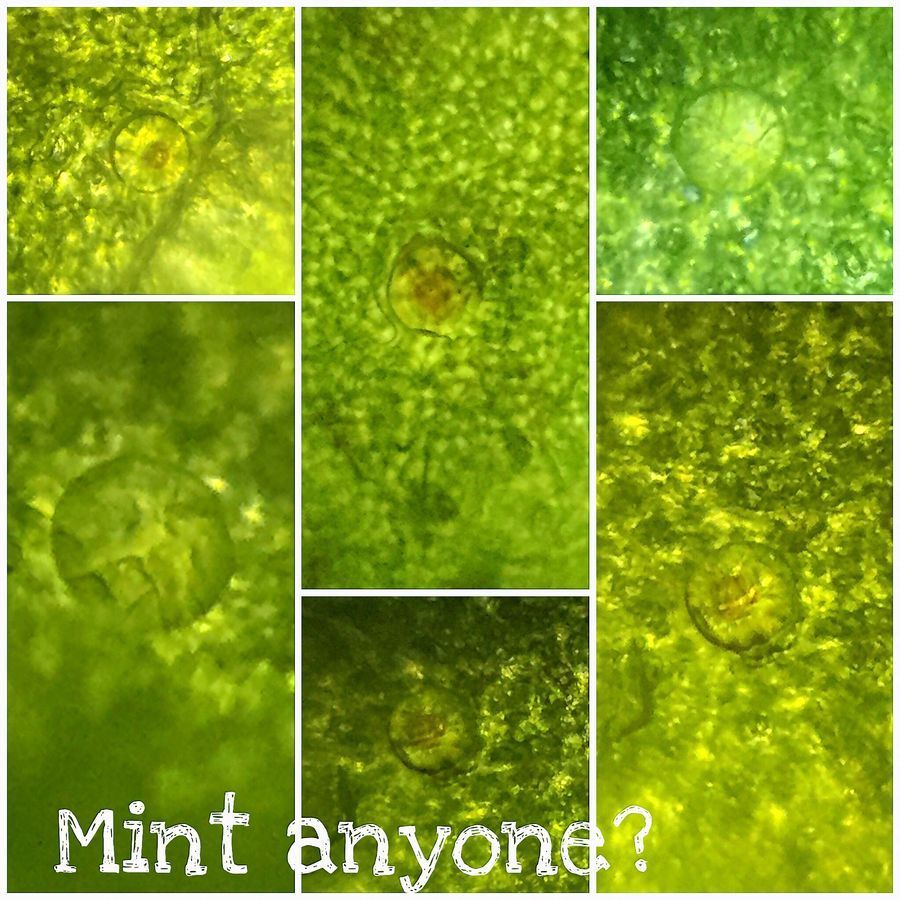
I am going to tell a short story. It begins when I was 14 years old (exactly and approximately – a monsoon wedding joke hidden here). I used to go on a long walk through some fields to get to a friends house. The fields had a very very strong chemical smell. It actually resembled the exact same smell as my medicine cabinet – specially my cough syrup, my tooth paste and even most of my cherished candy. I also noticed many of the fields had little boiler looking things mounted in the field itself. I forgot to mention; I grew up in Northern parts of India, so the region I am talking about is part of the gangetic planes. I could not find an old picture; so I borrowed an image from the web – but this is what the fields looked like. Later, after some curious inquiry, I learned these were mint (Lamiaceae) plants, also called “mentha” in Hindi.

One day I asked an uncle of mine (who was an electrician – he was very good at handling live wire and even taught me how to detect which lines are live) about the mint smell and he told me this is a very important plant. It makes “mint oil” or menthol to be exact, which is used in thousands of pharma and food products. I forgot about that conversation but I remembered that this little plant plays an important part in the life of millions of farmers in the gangetic planes. In fact, India is a big producer of “mint oil” and more than 20000 tons of it is produced in India . Moreover, mint takes a lot of water to grow and is a very difficult crop to keep growing in tough seasons.
So all these stories came back to me when I sat down for a meal at a Persian Resturant and my first bite had a “mint” leaf in it. I happened to remember the whole set of stories and decided to look at the leaf surface. I had some vague notion that certain set of specialized cells produce mint oil; but I was about to find out.
I just used my 140x low mag foldscope with a mint leaf directly attached to a glass slide with a simple tape (very simple, no sample prep).
So all these stories came back to me when I sat down for a meal at a Persian Resturant and my first bite had a “mint” leaf in it. I happened to remember the whole set of stories and decided to look at the leaf surface. I had some vague notion that certain set of specialized cells produce mint oil; but I was about to find out.
I just used my 140x low mag foldscope with a mint leaf directly attached to a glass slide with a simple tape (very simple, no sample prep).
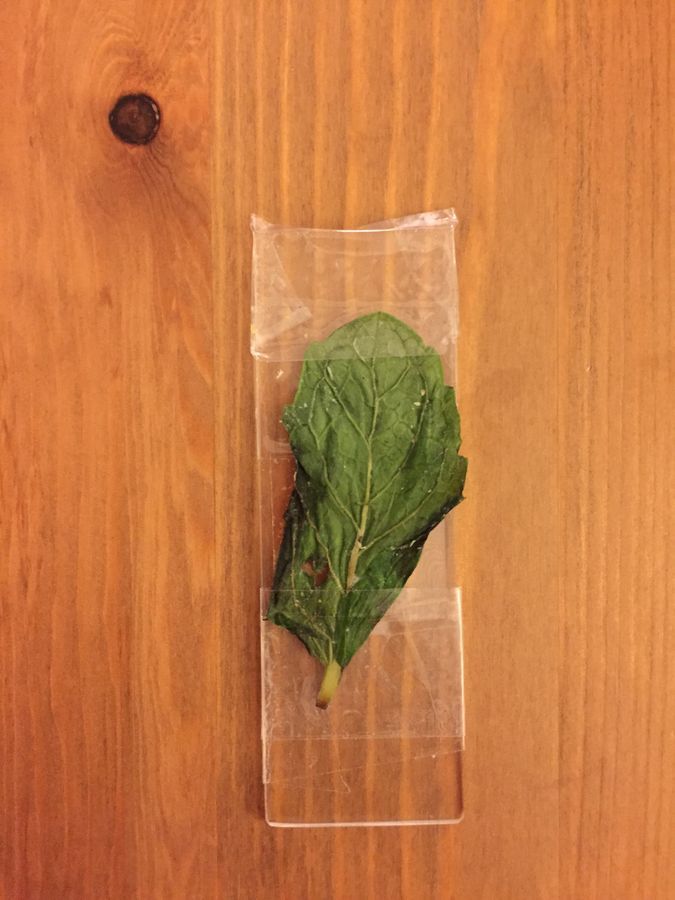
Thrilled to find out how the mint oil is actually produced by the specialized trichomes. It’s so beautiful to see tiny little droplets of mint everywhere on the leaf. They are clearly centered at the base of specialized cells (see brown patch). Incredible to see the beauty of a mint leaf up close; and imagining how on earth we get 20,000 tons of this tiny little droplet.

Almost all the droplets had a tiny little “brown patch” but not all droplets did. Also some droplets clearly had a very interesting buckling pattern on the surface. I am trying to look more closely at that. I was just amazed to see how simple and beautiful these droplets were. With a 2 minute google; I found some fantastic SEM of these droplets.
Here are a few more images of the droplets.
Here are a few more images of the droplets.
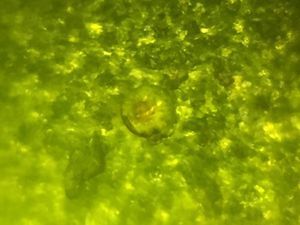
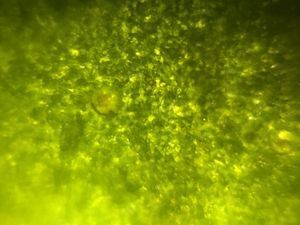
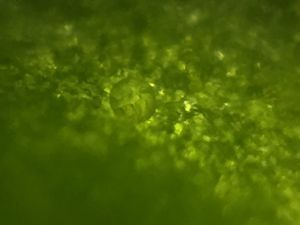
Next time you enjoy any product with a hint of “mint” – think about these tiny droplets for a few minutes. Next, I need to figure out how to extract these droplets easily – maybe without destroying the plant itself.
Cheers
Manu
37.7801302 -122.3892809
Cheers
Manu
37.7801302 -122.3892809
Sign in to commentNobody has commented yet... Share your thoughts with the author and start the discussion!

 0 Applause
0 Applause 0 Comments
0 Comments
















